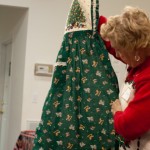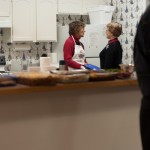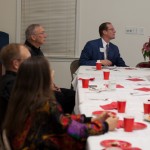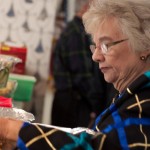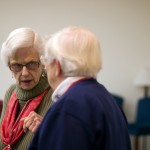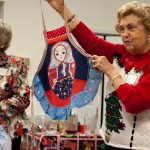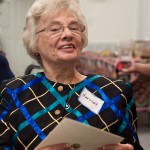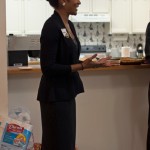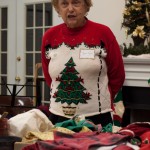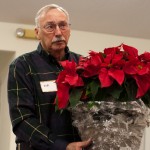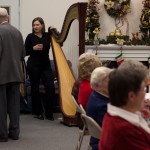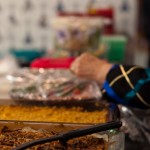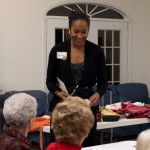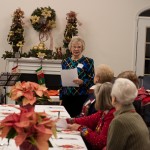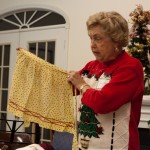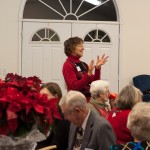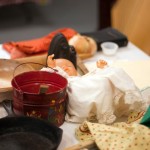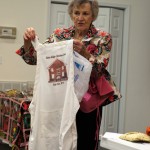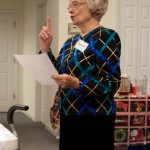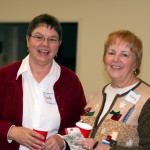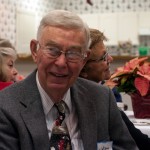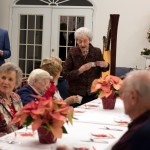(UPCOMING LECTURE) The Fabric of Hope & Resistance: North Carolina Women On Strike
March 8, 2012 | 6:30 pm | Trinity Oaks Special Events Room
Dr. Roxanne Newton
Director, Humanities & Fine Arts, Mitchell Community College
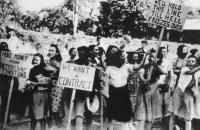 Though they have often been silent, NC women who have been on strike have powerful stories to tell. Their voices are rarely heard in a state that has consistently maintained the lowest rate of unionism. These women worked in textiles, telecommunications, tire manufacturing, and paper production and participated in disputes that span the decades from the General Textile Strike of 1934 to strikes in 1999 and 2001. Some of their stories tell of finding strength and resilience in so-called “men’s” jobs, competing in non-traditional jobs for women. Other narratives tell of their many sacrifices as the women suppressed their own needs in order to organize and participate in unions while also taking care of their families or co-workers. A third group of stories reveals the women’s evolution from unionists to activists, demonstrating their solidarity with union sisters and brothers while advocating for economic and social justice. A fourth set of narratives centers on union feminists’ stories of leadership in promoting gender and racial equality, workplace democracy, and community justice. As a result of their participation in labor disputes, these NC women have woven powerful tapestries of protest, resistance, hope, and transcendence.
Though they have often been silent, NC women who have been on strike have powerful stories to tell. Their voices are rarely heard in a state that has consistently maintained the lowest rate of unionism. These women worked in textiles, telecommunications, tire manufacturing, and paper production and participated in disputes that span the decades from the General Textile Strike of 1934 to strikes in 1999 and 2001. Some of their stories tell of finding strength and resilience in so-called “men’s” jobs, competing in non-traditional jobs for women. Other narratives tell of their many sacrifices as the women suppressed their own needs in order to organize and participate in unions while also taking care of their families or co-workers. A third group of stories reveals the women’s evolution from unionists to activists, demonstrating their solidarity with union sisters and brothers while advocating for economic and social justice. A fourth set of narratives centers on union feminists’ stories of leadership in promoting gender and racial equality, workplace democracy, and community justice. As a result of their participation in labor disputes, these NC women have woven powerful tapestries of protest, resistance, hope, and transcendence.
 This project is made possible by funding from the North Carolina Humanities Council, a statewide nonprofit and affiliate of the National Endowment for the Humanities.
This project is made possible by funding from the North Carolina Humanities Council, a statewide nonprofit and affiliate of the National Endowment for the Humanities.
Speaker Biography: The daughter and granddaughter of mill workers, Roxanne Newton grew up in a small NC textile town. Currently she is dean of the Humanities and Fine Arts Division at Mitchell Community College in Statesville where she teaches English and humanities courses. She earned a Ph.D. in Educational Foundations and Cultural Studies from UNC Greensboro. During the past 10 years, Roxanne has developed interdisciplinary courses including “American Women’s Studies,” “Working Lives: Multicultural Perspectives,” “The Immigrant Experience in America,” and “Race in America.” Her humanities classes have created history quilts and have collected oral histories of immigrants and workers in Iredell County. The NC Women’s History Quilt, made by Roxanne and her women’s studies students, was acquired by the NC Museum of History. Her research interests include oral histories, collaborative learning, and labor history. She is the author of Women Workers on Strike: Narratives of Southern Women Unionists, published by Routledge in 2007.



